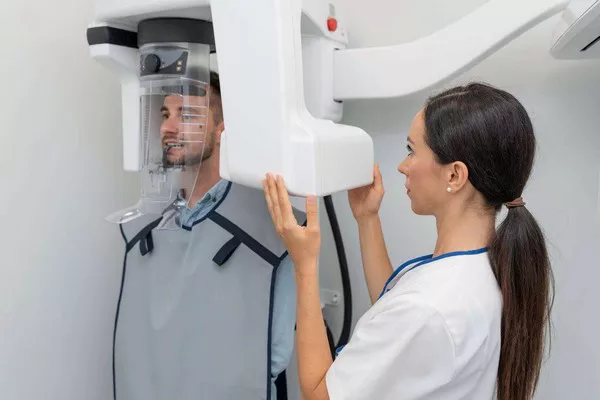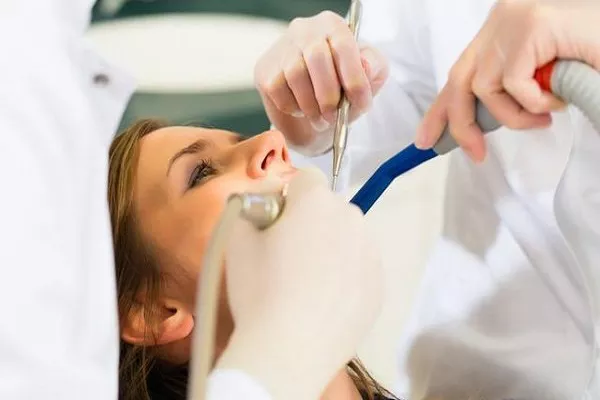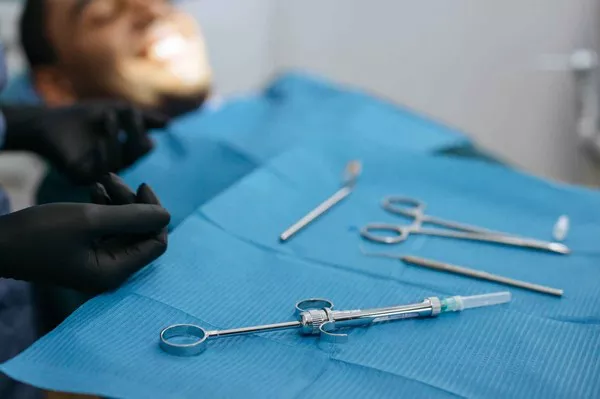If you have been diagnosed with periodontal disease, your dentist or periodontist may recommend periodontal scaling and root planing (SRP) as part of your treatment plan. SRP is a non-surgical procedure that involves removing the plaque and tartar from your teeth and roots, smoothing the root surfaces, and eliminating bacteria from the pockets around your teeth. The purpose of this article is to provide you with a comprehensive guide to periodontal scaling and root planing.
Local Anesthesia:
Before the procedure, your dentist or periodontist will administer local anesthesia to numb the area around the teeth and gums. This will help to minimize any discomfort during the procedure.
Removal of Plaque and Tartar:
Using a scaler and a curette, your dentist or periodontist will remove the plaque and tartar from your teeth and roots. The scaler is a small, handheld instrument that uses vibrations to break up the tartar and remove it from your teeth. The curette is a thin, curved instrument that your dentist or periodontist will use to scrape and remove the remaining plaque and tartar from the root surfaces. This process may take several appointments, depending on the severity of the disease.
Root Planing:
After the scaling is complete, your dentist or periodontist will smooth the root surfaces to remove any remaining bacteria and create a clean surface for the gums to reattach. This process is called root planing and is done using a curette or a special tool called a periodontal file. Your dentist or periodontist may also use an ultrasonic scaler to help remove any remaining bacteria from the root surfaces.
Follow-up Appointments:
After the procedure, you will need to return for follow-up appointments to ensure that the pockets around your teeth are healing properly. Your dentist or periodontist will also evaluate the success of the procedure and make any necessary adjustments to your treatment plan.
Post-Operative Care:
Your dentist or periodontist will provide you with specific instructions on how to care for your teeth and gums after the procedure. This may include using a special mouthwash, avoiding hard or crunchy foods, and practicing good oral hygiene habits. It is essential to follow these instructions carefully to ensure that the pockets around your teeth heal properly and to prevent further damage to your gums and teeth.
Periodontal scaling and root planing is an effective treatment option for patients with periodontal disease. While the procedure may seem intimidating, understanding what to expect can help ease any anxiety or concerns you may have. By following your dentist or periodontist’s instructions and attending all follow-up appointments, you can help ensure the success of the procedure and maintain good oral health for years to come.



























